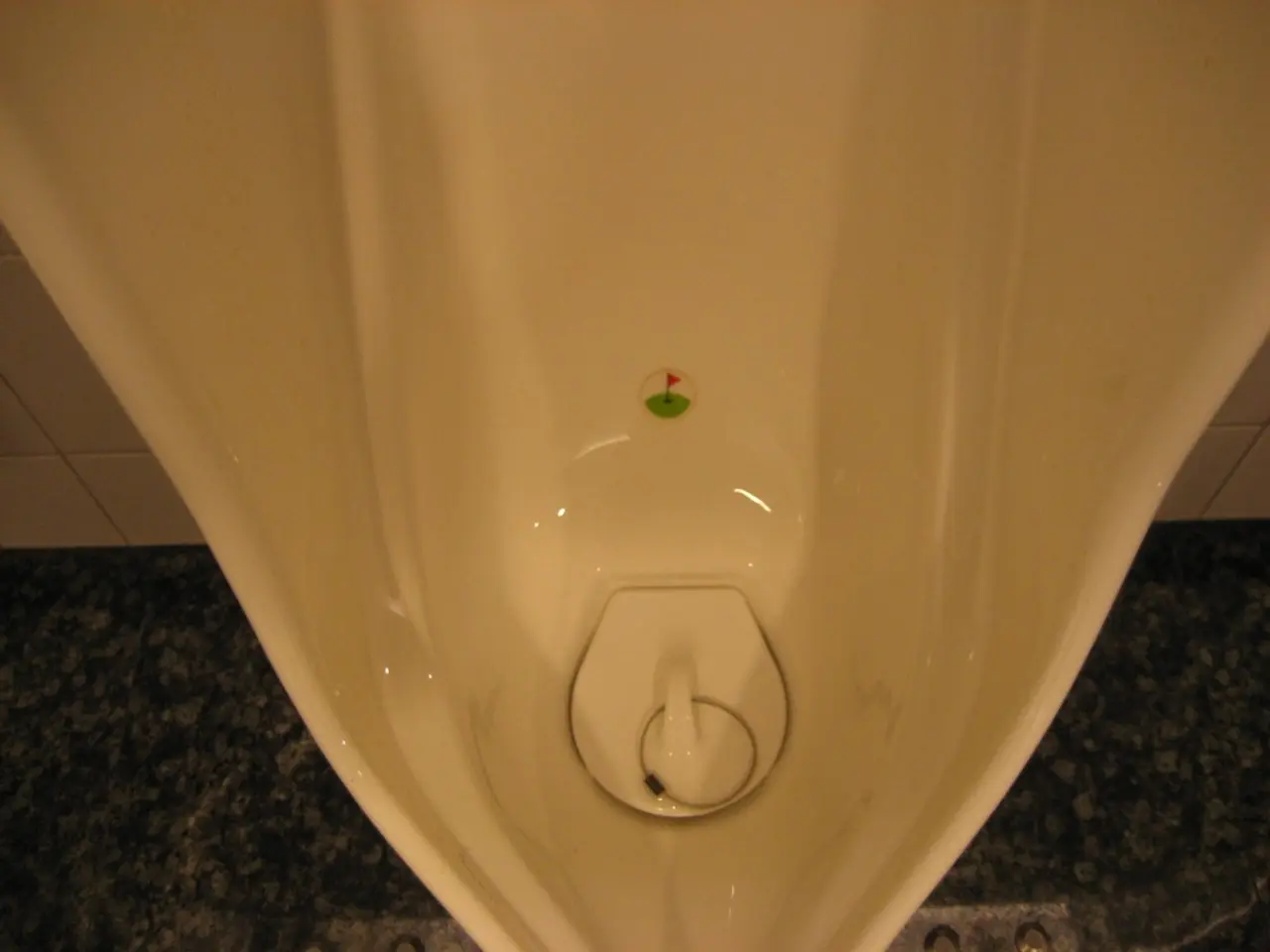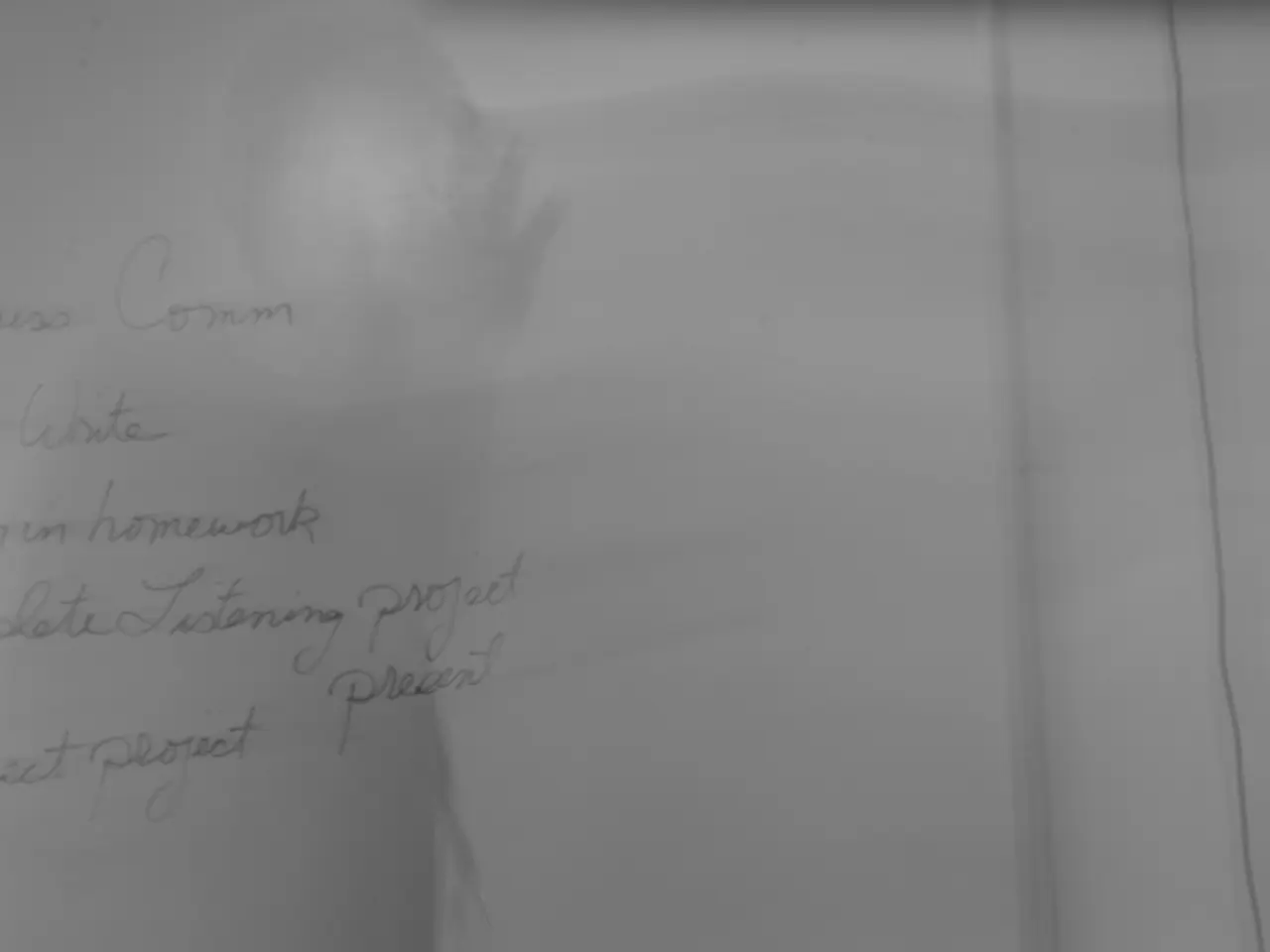Bladder with Trabeculations: Identifying Symptoms, Diagnostic Procedures, and Prognosis
Bladder trabeculation is a condition that affects the bladder, causing it to thicken and develop a network of muscle bundles, similar to a fishing net. This condition can lead to various symptoms, such as difficulty urinating, pain when urinating, a feeling that the bladder is not fully empty, recurring urinary tract infections, and even kidney pain.
Causes of Bladder Trabeculation
Bladder trabeculation can be caused by a variety of factors, including congenital conditions, urethral obstructions, nerve disorders, and surgical treatments. Urethral obstructions can stem from conditions such as polyps, blood clots, fecal impaction, enlarged prostate, tumors, pelvic organ prolapse, or hydronephrosis.
Diagnosis and Imaging Tests
Doctors may diagnose bladder trabeculation based on symptoms and may use imaging tests such as ultrasound, CT scan, or cystoscopy to confirm the diagnosis. In severe cases, a prostate-specific antigen (PSA) test may be used if the individual is male.
Treatment for Bladder Trabeculation
Treatment for bladder trabeculation focuses on relieving symptoms, improving bladder function, and addressing the underlying cause. Common treatment options vary depending on the cause.
Treatment for Bladder Outlet Obstruction
For cases of bladder outlet obstruction, commonly due to prostate enlargement or urethral stricture, treatment may involve medications such as alpha-blockers and 5-alpha-reductase inhibitors. These drugs help relax the bladder neck and prostate muscles, improving urine flow and reducing obstruction. Surgical interventions like transurethral resection of the prostate (TURP), bladder neck incision, or bladder augmentation may be necessary in severe cases.
Treatment for Neurogenic Bladder or Dysfunction from Neurological Causes
For individuals with neurogenic bladder or dysfunction from neurological causes, treatment may involve clean intermittent catheterization (CIC) to manage incomplete emptying and reduce complications like urinary tract infections. Antimuscarinic or anticholinergic drugs may also be prescribed to manage bladder overactivity or detrusor instability that may contribute to trabeculation.
Lifestyle Modifications and Additional Treatments
Regardless of the cause, maintaining a healthy weight, avoiding bladder irritants, and practicing pelvic floor exercises can help improve symptoms and bladder function. Additional treatments for related bladder conditions may include bladder fulguration (cauterization) to treat localized inflammation or potential bacterial reservoirs.
Treatment Differences Based on the Underlying Cause
The treatment for bladder trabeculation differs based on the underlying cause, mainly in medication type and target, use and type of catheterization, and aggressiveness and type of surgery. For instance, alpha-blockers are typically prescribed for obstruction, while antimuscarinics are used for neurogenic overactivity.
Importance of Early Diagnosis and Treatment
Early diagnosis and treatment are essential to prevent further damage to the bladder or kidneys. In some cases, medications may be prescribed to help the bladder contract and empty more fully. If the bladder is not able to empty properly, a catheter may be inserted to drain the urine.
Bladder trabeculation can occur in people of any sex or age, including fetuses before birth. If someone is pregnant and has a trabeculated bladder, they may not require treatment, as the bladder may return to normal following the birth.
If someone has a tumor, kidney stone, or another blockage in the urethra, doctors may recommend medications or other medical procedures to treat the obstruction. Doctors may perform a rectal exam and voiding cystourethrography to further assess the condition.
In cases where doctors suspect a fetus has a urethral obstruction, they may be able to perform intrauterine surgery to correct it.
Regular follow-up is essential regardless of treatment choice to monitor bladder function and prevent progression. In some cases, individuals may experience a complete improvement in symptoms, while others may have some lingering symptoms.
If you are experiencing urinary difficulty, it is important to seek your doctor's advice. If someone has a trabeculated bladder, they may develop bladder diverticula, and in severe cases, surgery may be necessary to remove the thickened bladder walls. Doctors may grade the severity of bladder trabeculation based on the appearance of diverticula in radiology findings.
In conclusion, bladder trabeculation is a condition that requires careful monitoring and treatment to prevent further complications. The treatment approach varies depending on the underlying cause, and early diagnosis and treatment are crucial in preserving bladder and kidney health.
- The science of medical conditions, specifically Bladder Trabeculation, can be intricately linked to health and wellness, as its symptoms, such as difficulty urinating and recurring urinary tract infections, can significantly affect one's quality of life.
- In instances of Bladder Outlet Obstruction, a common cause of Bladder Trabeculation, science has provided treatment options like medications such as alpha-blockers and 5-alpha-reductase inhibitors, which help improve bladder function and address the underlying cause, thereby contributing to overall urinary health.




